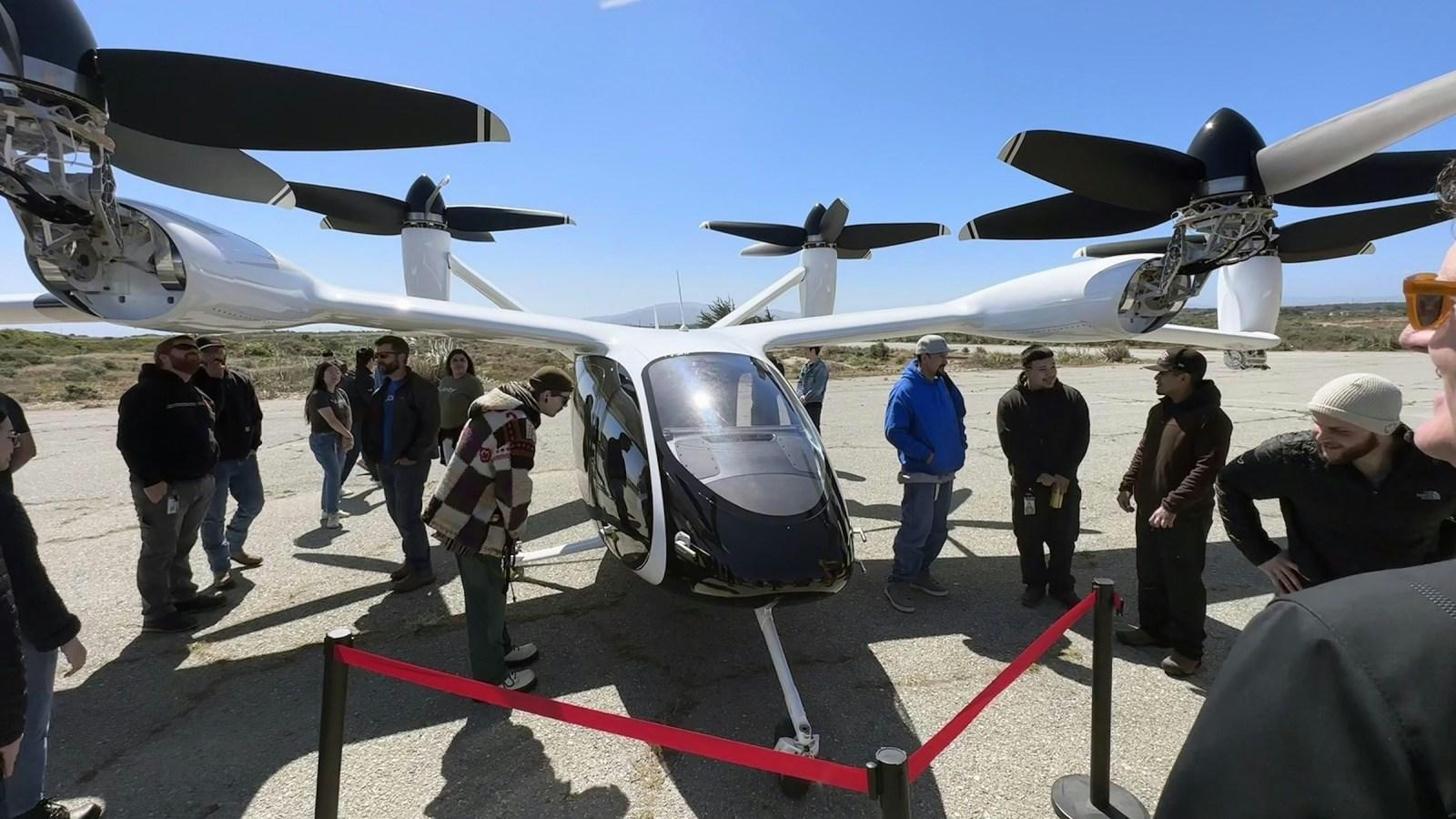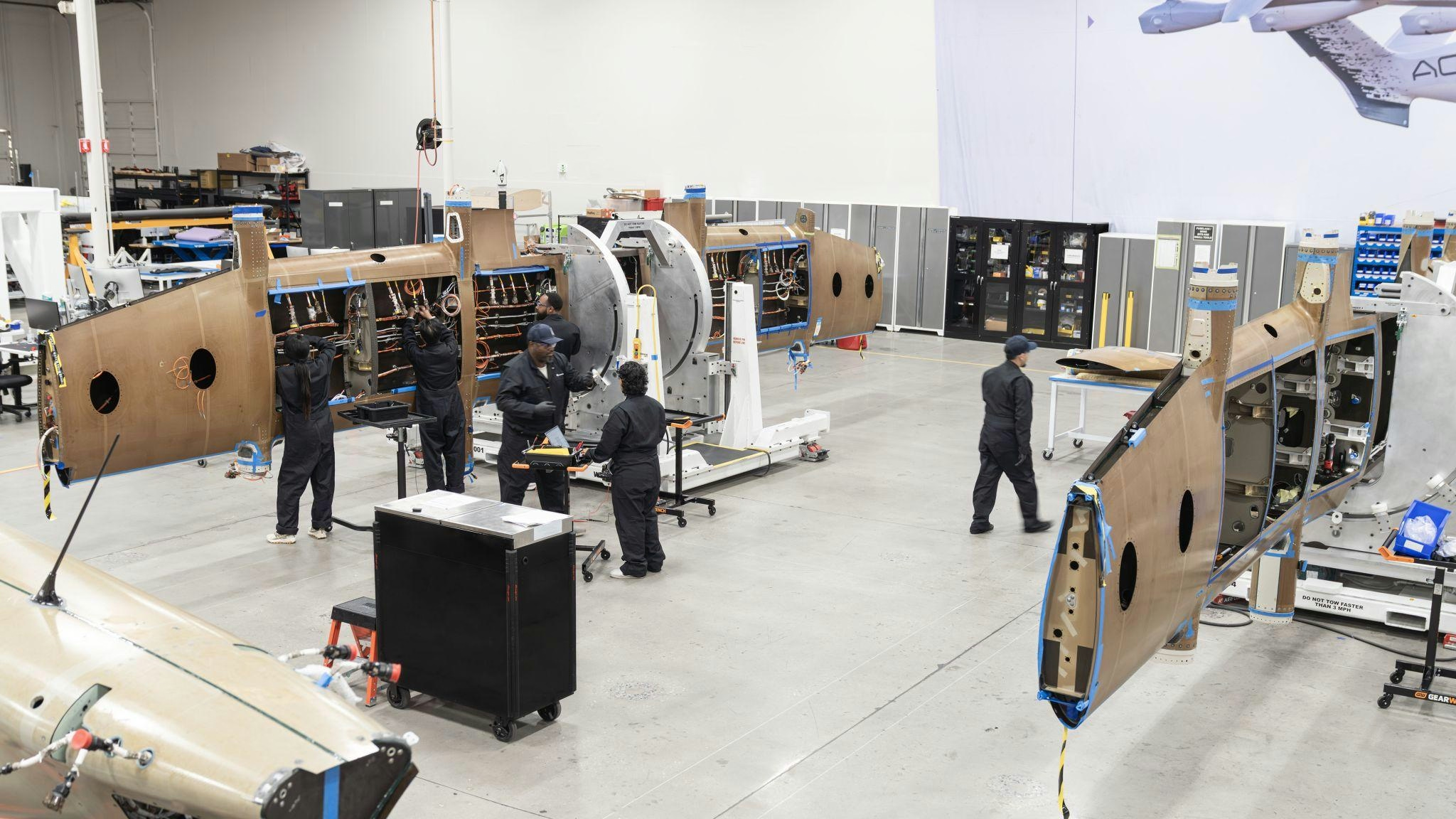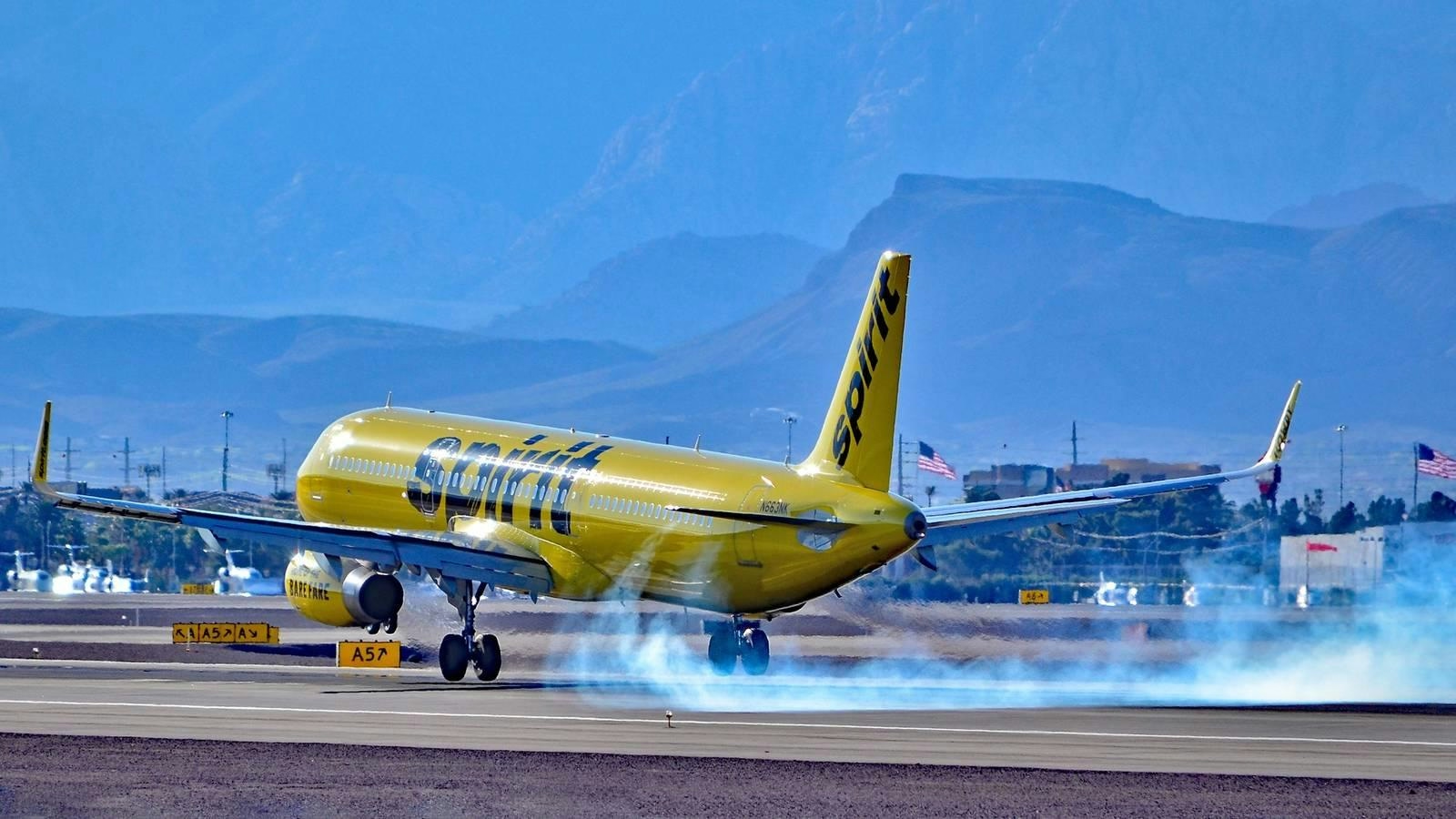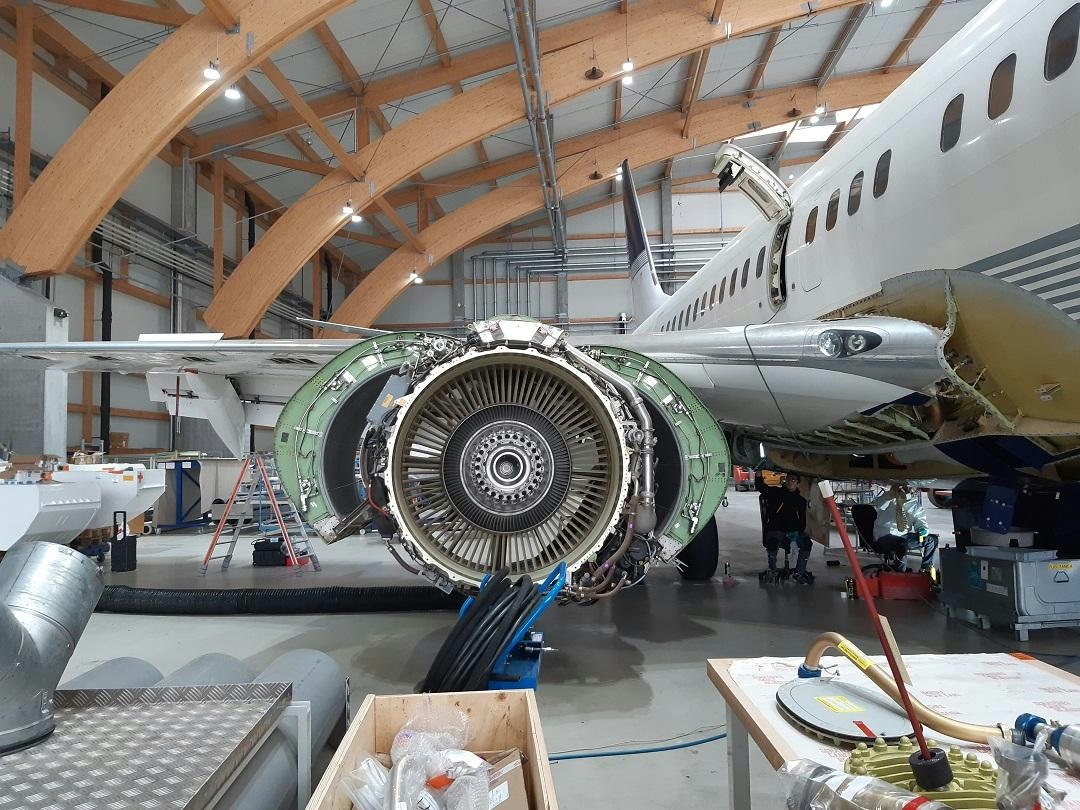
Correo más inteligente, negocios más rápidos. Etiqueta, analiza y responde automáticamente a solicitudes, cotizaciones, pedidos y más — al instante.
Tendencias
Categories
European Narrow-Body Aircraft Use Rises While Regional Jets Decline Since 2019

European Narrow-Body Aircraft Use Rises While Regional Jets Decline Since 2019
Divergent Trends in Post-Pandemic Recovery
As the aviation industry prepares for the 2025 Paris Air Show, recent data reveals a pronounced divergence in the recovery trajectories of European aircraft categories, excluding Russian operators. Analysis of flight cycles compared to 2019 indicates that narrow-body aircraft have experienced significant growth, whereas regional jets continue to decline sharply.
Narrow-body aircraft have emerged as the strongest performers in the European market. In May 2024, flights operated by these aircraft increased by nearly 5% compared to the same month in 2019, supported by a 9% expansion in the in-service fleet. Projections for 2025 suggest even greater momentum, with the fleet expected to grow by 13% and flight cycles rising almost 9% above pre-pandemic levels. This growth is largely driven by the continued delivery of Airbus A321neos, which airlines such as Aer Lingus, Iberia, and TAP are deploying on longer transatlantic routes. Although these aircraft are flying slightly fewer cycles, they are logging more hours per flight, reflecting a strategic shift toward longer sectors.
Challenges and Shifts in Fleet Strategy
The increasing reliance on larger narrow-body jets introduces potential operational challenges. Airlines may face higher fuel consumption and maintenance costs associated with these aircraft. Consequently, carriers are adjusting their fleet strategies to favor more efficient narrow-body models over regional jets. Manufacturers like Airbus and Boeing are responding by ramping up production and deliveries of narrow-body aircraft to meet this growing demand. Conversely, regional jet manufacturers risk losing market share and revenue amid this shift.
Regional turboprops have demonstrated notable resilience despite a 15% reduction in fleet size since 2019. Flights operated by turboprops have increased by 4%, indicating that operators are maximizing utilization of their remaining aircraft, primarily on shorter routes.
The widebody segment has also shown signs of recovery, with flight cycles in May 2024 nearly 3% higher than in May 2019. An 8% increase in the in-service widebody fleet since 2019 reflects renewed confidence in long-haul travel and international markets.
In stark contrast, the regional jet market continues to contract sharply. The in-service fleet has declined by more than 20% since 2019, resulting in a corresponding drop in monthly flight cycles. With no new Embraer E175 orders and no plans to certify the Comac C909 in Europe, the segment’s downward trend appears set to persist.
These shifts in fleet composition and utilization are occurring amid rising costs and ongoing supply chain challenges, factors that are likely to complicate operational decisions for airlines as they adapt to evolving demand patterns.
The data underpinning this analysis was sourced from Aviation Week’s Tracked Aircraft Utilization database.

Electric air taxis to be showcased at this weekend's Salinas Airshow

Archer Aviation’s Electric Midnight Aircraft Debuts at California Air Show

AirProtect Expands in Texas Through Partnership with SouthernPlex

Boeing Invests $85 Million in Canadian Innovation Zone Espace Aéro

Spirit Airlines to Reject 87 Aircraft Leases

Legacy Manufacturing Integrates Advanced AAM Technologies

NTSB Analyzes Flight Recorders from Delta Jets Collided at LaGuardia

Joby Aviation Partners with UAE for Air Taxi Launch Amid Global Expansion

BBJ 737 Inspections Conducted at AMAC Aerospace in Bodrum, Turkey
